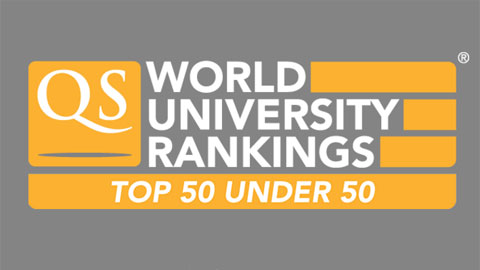UAB, in 10th place worldwide in the QS 50 under 50 Rankings
The classification of the best 50 world universities under 50 years of age places the UAB in 10th position worldwide and 2nd in Spain, just behind the Autònoma de Madrid, in 9th position. The ranking is compiled by QS Quacquarelli Symonds, a company that specialises in evaluating teaching and research institutions.

The list of universities is compiled by QS Quacquarelli Symonds, a leading company in university rankings. QS Top 50 Under 50 ranks universities founded after 1966, and is based on the results of the QS World University Ranking 2015/16, which includes the top 800 universities in the world.
For this edition QS has made large changes to the methodology it uses to evaluate universities. So as to balance out the weight of research in the life sciences and biomedicine, with a very large number of citations, and research in areas like the social sciences and the humanities, where the number of research articles cited is not comparable, the new methodology incorporates a factor to normalise the different areas of knowledge, reducing the weight of publications in bioscience. In addition, the rankings have for the first time excluded articles published jointly by over 10 affiliated institutions, which is common in the case of large-scale collaborative research in high energy physics, genetics and medicine.
The QS Rankings are based on four pillars: research, teaching, employability, and internationalisation. They use six indicators: academic reputation, reputation amongst businesses, ratio of students per faculty, citations, internationalisation of faculties and ratio of international students.
The complete ranking can be consulted on the website:
http://www.topuniversities.com/top-50-under-50